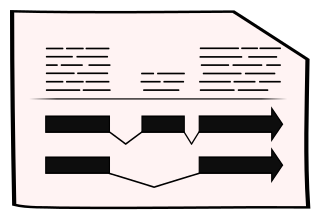Spirometra erinaceieuropaei
BioProject PRJEB1202 | Data Source Wellcome Sanger Institute | Taxonomy ID 99802
About Spirometra erinaceieuropaei
The plerocercoid larva of the cestode Spirometra erinaceieuropaei can infect domestic animals and humans (known as sparganosis). Humans can ingest the larva through an intermediate host - for example freshwater copepods, frogs or snakes. The infection is exceptionally rare (the number of reported cases to date is below two thousand), and has been reported primarily in China, Japan, South Korea and South-east Asia. The definitive host species are carnivores (such as cats and dogs) and the larva does not develop to adulthood in humans. Instead, the larva migrates through the body and can be found in locations as diverse as brain, eye, lung, kidney, liver and subcutaneous tissue.
Genome Assembly & Annotation
Assembly
The draft genome assembly was produced by the Parasite Genomic group at the Wellcome Trust Sanger Institute, in collaboration with clinicians, as described by Bennett et al (2014).
Annotation
The gene predictions were made by the Parasite Genomics group at the Wellcome Trust Sanger Institute and WormBase, as described by Bennett et al (2014).
Downloads
Tools
Key Publications
- Bennett HM, Mok HP, Gkrania-Klotsas E, Tsai IJ, Stanley EJ, Antoun NM, Coghlan A, Harsha B, Traini A, Ribeiro DM, Steinbiss S, Lucas SB, Allinson KS, Price SJ, Santarius TS, Carmichael AJ, Chiodini PL, Holroyd N, Dean AF, Berriman M. The genome of the sparganosis tapeworm Spirometra erinaceieuropaei isolated from the biopsy of a migrating brain lesion. Genome Biol, 2014;15(11):510
Navigation
Assembly Statistics
| Assembly | S_erinaceieuropaei, GCA_000951995.1 |
| Database Version | WBPS18 |
| Genome Size | 1,258,717,181 |
| Data Source | Wellcome Sanger Institute |
| Annotation Version | 2014-06-50HGPpatch |
Gene counts
| Coding genes | 39,557 |
| Gene transcripts | 39,557 |
Learn more about this widget in our help section
This widget has been derived from the assembly-stats code developed by the Lepbase project at the University of Edinburgh











